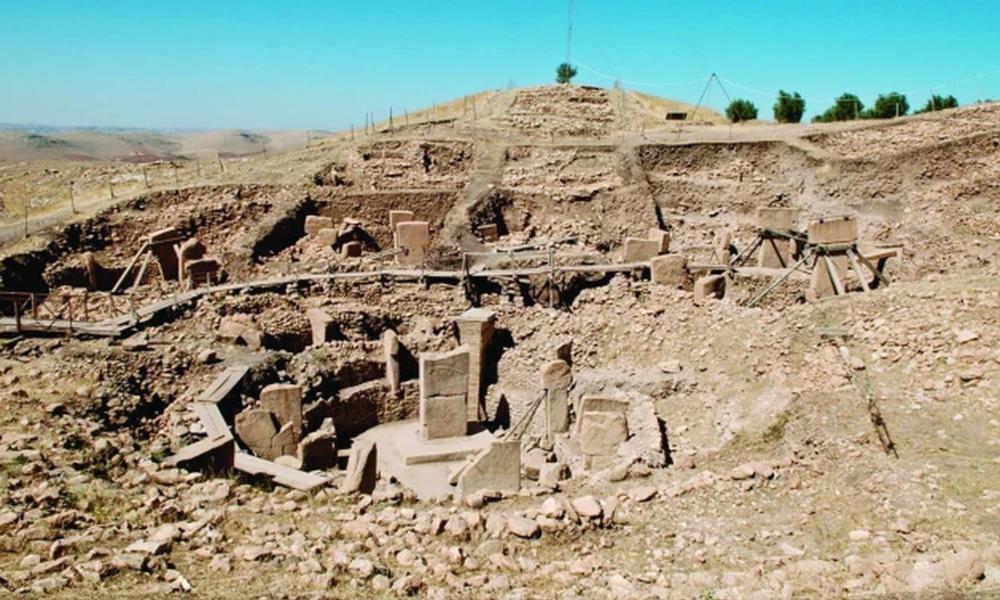Crete, the largest of the Greek islands, is a treasure trove of historical artifacts that offer profound insights into the ancient civilizations that once flourished on its soil. From the advanced Minoan civilization to Roman and Byzantine influences, Cretan artifact discoveries reveal a vibrant tapestry of cultural, economic, and social life spanning millennia. These discoveries not only enrich our understanding of Crete’s past but also illuminate the broader historical narrative of the Mediterranean region.
The Minoan Civilization
The most significant period in Crete’s ancient history is undoubtedly the Minoan civilization, which flourished from approximately 3000 to 1450 BCE. The discovery of Minoan artifacts has provided a wealth of information about this sophisticated society, known for its advanced architecture, vibrant art, and complex social structures.
- Knossos Palace: The excavation of Knossos, the largest Bronze Age archaeological site on Crete, has been pivotal in understanding the Minoans. Sir Arthur Evans, who began excavating the site in the early 20th century, unearthed a vast complex of buildings, frescoes, and artifacts. The palace’s labyrinthine layout, advanced plumbing systems, and colorful frescoes depicting scenes of nature and ritual offer a glimpse into the grandeur of Minoan life. Artifacts such as pottery, tools, and ceremonial objects further illustrate the Minoans’ daily activities and religious practices.
- Phaistos Disk: Discovered in 1908 at the palace of Phaistos, this enigmatic clay disk is one of the most famous Minoan artifacts. Inscribed with a spiral of undeciphered symbols, the disk has intrigued scholars and laypeople alike, sparking numerous theories about its purpose and meaning. It remains a symbol of the mysteries yet to be fully understood about Minoan civilization.
- Akrotiri Frescoes: Though technically on the nearby island of Santorini, the Akrotiri site is closely linked to Minoan culture. The beautifully preserved frescoes found here, depicting landscapes, animals, and human figures, provide additional context to the artistic and cultural exchanges between Crete and other Aegean societies.
Post-Minoan Discoveries
After the decline of the Minoans, Crete continued to be a cultural crossroads, influenced by Mycenaean Greeks, Romans, Byzantines, and later, Venetians and Ottomans. Artifacts from these periods further enrich the island’s historical narrative.
- Roman Ruins: The ancient city of Gortyn, once a major Roman metropolis, has yielded numerous artifacts, including inscriptions, statues, and architectural remains. The famous Gortyn Code, a legal inscription dating from the 5th century BCE, is one of the earliest and most complete examples of Greek law code, highlighting the administrative and legal sophistication of the time.
- Byzantine Artifacts: Crete’s integration into the Byzantine Empire brought about significant architectural and artistic contributions. Byzantine churches across the island contain stunning mosaics and frescoes, depicting religious scenes and saints. These artifacts not only showcase the religious devotion of the period but also the intricate artistry and craftsmanship that flourished under Byzantine rule.
- Venetian and Ottoman Relics: The Venetian and Ottoman periods left a lasting mark on Crete, visible in the island’s architecture and everyday objects. Venetian fortresses, such as those in Rethymno and Heraklion, are well-preserved and contain artifacts that reflect the military and administrative strategies of the time. Ottoman artifacts, including pottery and textiles, provide a glimpse into the daily life and cultural practices during this era.
Modern Archaeological Efforts
Modern archaeological methods have continued to uncover significant artifacts across Crete, employing advanced technology to reveal new layers of the island’s history. Techniques such as ground-penetrating radar and aerial surveys have identified previously unknown sites, leading to exciting new discoveries.
- Recent Excavations: In recent years, excavations at sites like the Minoan palace of Zominthos and the ancient city of Eleutherna have uncovered artifacts that shed light on lesser-known aspects of Cretan history. These finds include intricately crafted jewelry, tools, and everyday items that offer insights into the lives of both elite and ordinary Cretans.
- Marine Archaeology: Given Crete’s strategic location in the Mediterranean, underwater archaeology has also played a crucial role in uncovering artifacts. Shipwrecks off the coast of Crete have yielded amphorae, coins, and other trade goods, illustrating the island’s extensive maritime connections and economic activity.
Cultural and Educational Impact
The discovery of these artifacts has not only enhanced historical knowledge but also boosted cultural and educational initiatives on the island. Museums such as the Heraklion Archaeological Museum and the Museum of Ancient Eleutherna display these artifacts, attracting scholars and tourists alike. Educational programs and archaeological tours help foster a deeper appreciation for Crete’s rich heritage, ensuring that the island’s past remains a vibrant part of its present and future.
Conclusion
The historic artifact discoveries on Crete are a testament to the island’s long and varied history. From the grandeur of the Minoan civilization to the influences of subsequent cultures, these artifacts provide a tangible connection to the past. As ongoing archaeological efforts continue to unearth new findings, Crete’s story becomes ever more detailed and fascinating, inviting us to explore and understand the complexities of its rich cultural tapestry.


